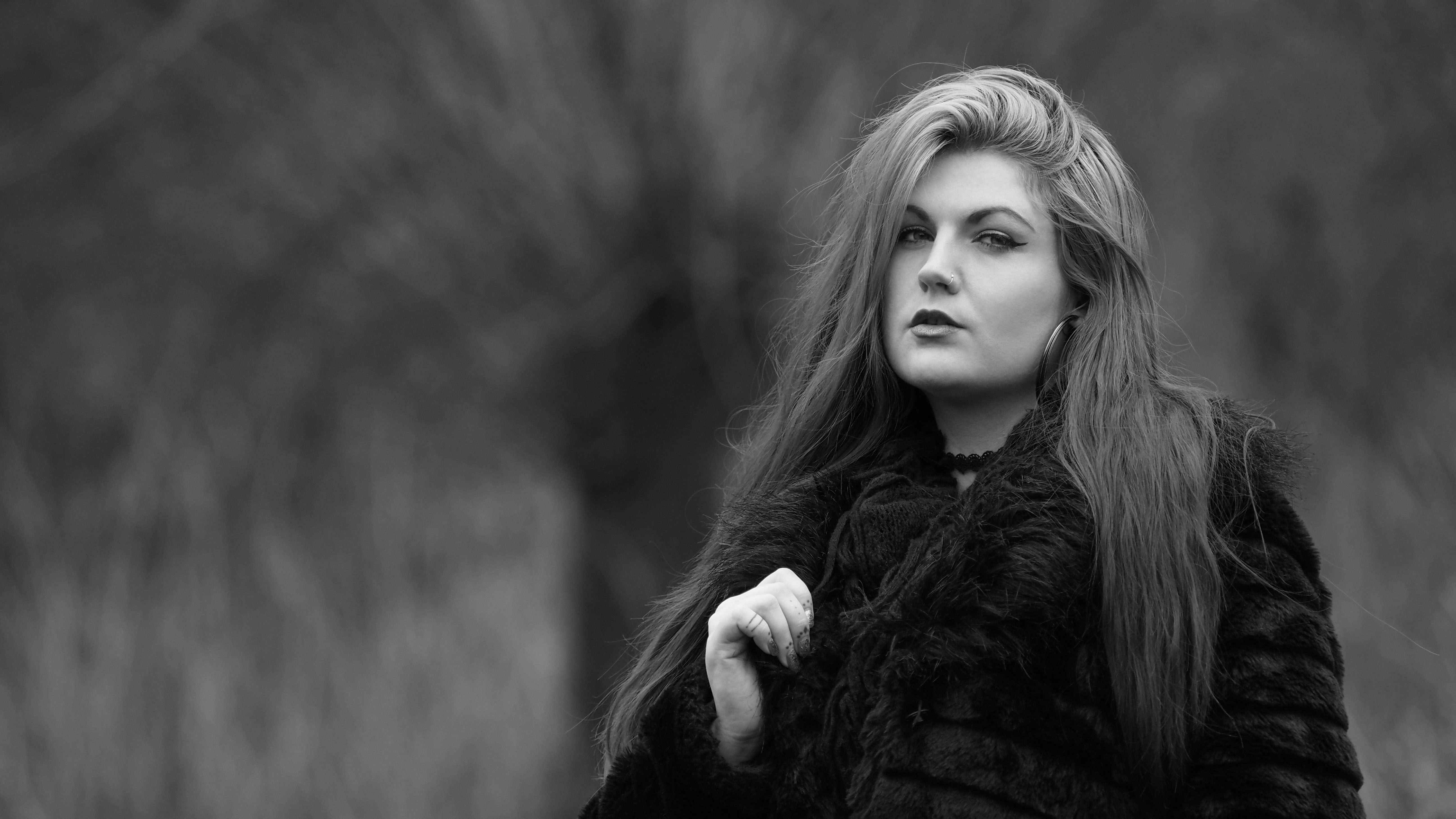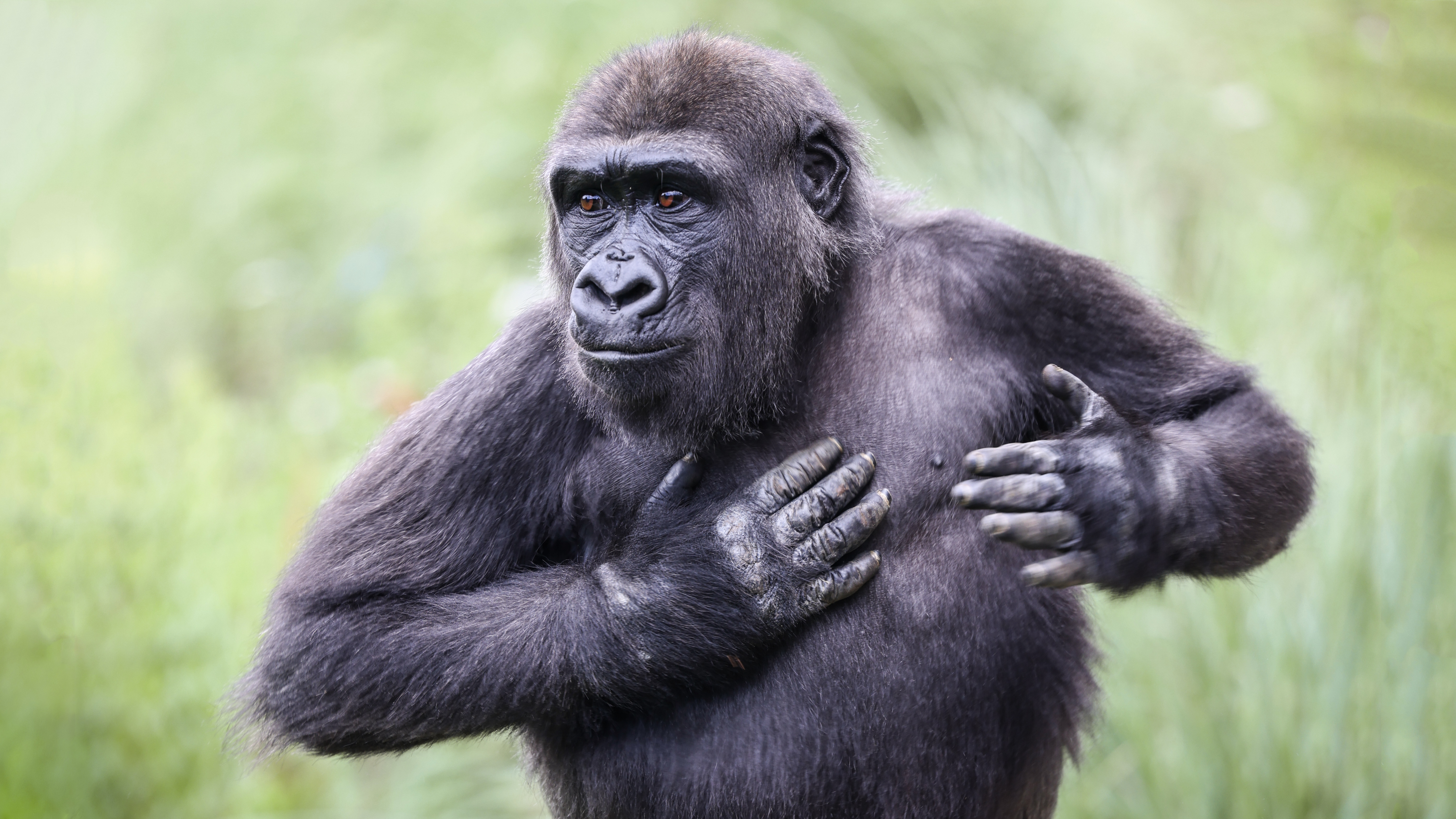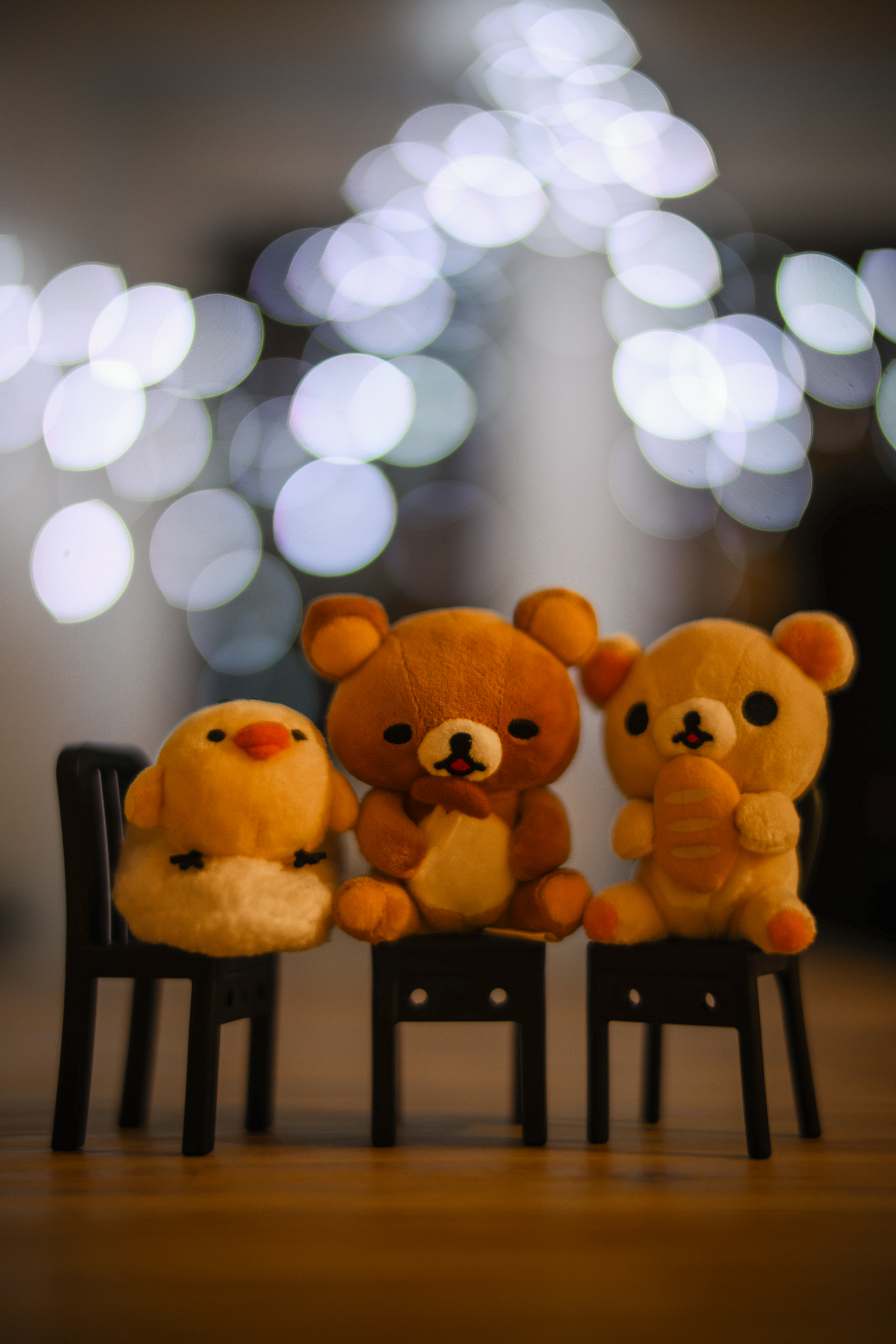
Looking for bokeh camera settings, on a film or digital camera? Getting a delicious, bokehlicious, blurry background requires the same set of parameters whether your camera is analog, DSLR or mirrorless.
If you're asking what is bokeh, in technicaly terms, it doesn't actually mean the blurry background itself; rather, it's the quality of that blur, and the out of focus areas in the fore and background of an image. Though some people still use "bokeh" and "blur" interchangeably.
Regardless, these bokeh camera settings on film or digital will produce images with shallow depth of field – which means only a narrow plane of your photo will be in focus, with the background reduced to a buttery blur. This is how to achieve it…

Film bokeh camera settings
There's a notion that film cameras produce more blur than digital cameras, and this is kindasorta true. Most film cameras take 35mm film, which is equivalent to a "full frame" image sensor on a digital camera and produces a natively shallow depth of field (all things being equal, which I'll come onto in a minute).
You also have medium format and large format film cameras, which take even larger sheets of film and have an even shallower depth of field.
Digital cameras and camera phones, on the other hand, have image sensors of all different sizes, including things like 1/1.9-inch sensors in an iPhone, Micro Four Thirds sensors on OM System cameras, and APS-C sensors on Fujifilm X cameras… all of which are smaller than 35mm / full frame sensors, and cannot produce as shallow a depth of field.
TLDR: there are many digital cameras and phones that cannot, all things being equal, render the same amount of background blur as a film camera. But bokeh camera settings are about much more than the size of your film or sensor!

All about the aperture…
At the end of the day, regardless of what camera you've got, you're going to need the right lens to unlock that beautiful blur!
Look for a lens with a fast aperture, which is a low f-number such as f/1.8. In crude terms, the faster the aperture / lower the f-number the more background blur you can render.
This is where the bokeh camera settings come in: essentially, you'll need to "open" your aperture to its widest possible setting – which means setting the aperture all the way to the lowest f-number, whether that's f/1.8, f/1.4, f/1.2 or even f/0.95.
This will mean that the maximum amount of light hits your film or image sensor, so you'll need to balance the exposure triangle to get the image you want!
… Well, and the lens
In addition to a lens with the fastest aperture, you also need a lens with a long focal length – like a 50mm, an 85mm or a 135mm. The longer your lens, the more defocus can be created behind your subject to create more background blur.
When you see a portrait with that "cinematic" bokeh, it's as much to do with having the right focal length as it is about shooting with a wide open aperture. Shooting with telephoto lenses when photographing wildlife, for example, tends to produce inherently more blur.

Distance matters, too
You will never blur out your background, no matter what settings you use, if your subject is leaning directly against it!
The easiest way to blur the background is to move the subject as far away from it as possible; the greater the distance between subject and backdrop, the greater the degree of defocus that can be achieved.
Conversely, you can also increase the amount of background blur by moving your lens closer to your subject. This can work to great effect for macro photography, as bringing the camera closer will start to reduce light sources to beautiful "bokeh balls".

Bokeh camera settings… the cheat code!
While I said that bokeh camera settings are about much more than the size of your film or sensor, I wasn't lying… but having the biggest sensor or film format really is a cheat code to getting deliciously defocused background blur.
Using a medium format camera, for instance, will simply melt the backdrop into a puddle of blur. Pair it with a long lens and a fast aperture and you can achieve some supernaturally shallow depth of field.
But you don't have to break the bank with medium format – check out the best lenses for bokeh regardless of what camera you're using, and if you use these settings and techniques you'll get that creamy, dreamy look in no time.

Wondering where to start? Take a look at the best cameras for portraits and the best lenses for portraits.







